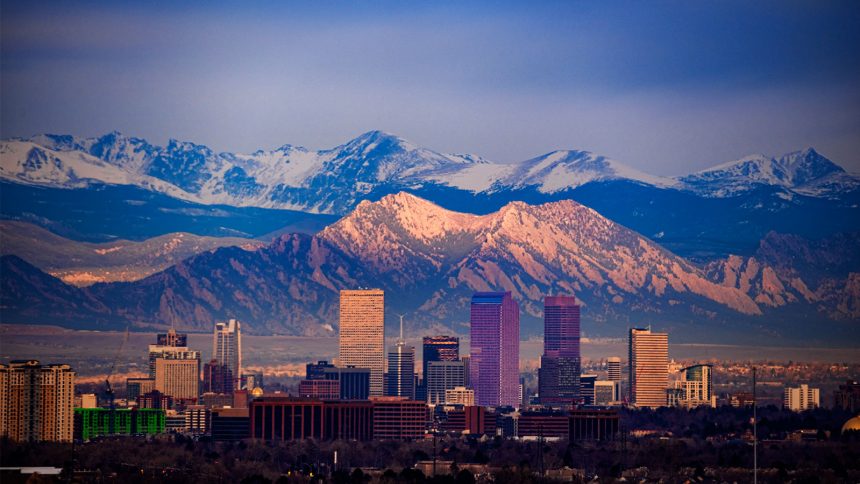Colorado is known for its outdoor activities like skiing and hiking, but beneath that green reputation lies a $546 billion mining industry. From coal and gold to oil, natural gas, limestone, and helium, Colorado’s first and biggest industry has a complex history rooted in the displacement and exploitation of Indigenous peoples. A recent report by People of the Sacred Land highlights how tribal sovereignty and mineral rights were systematically undermined to benefit non-Indigenous settlers. Rick Williams, executive director of the organization, emphasizes the need for recognition and compensation for the historical injustices faced by tribes like the Arapaho and Cheyenne.
The report delves into the economic impacts of American expansion on Indigenous tribes and reveals that Colorado has made $1.9 trillion from lands that were originally owned by tribes. Despite treaties that did not specify mineral rights, tribes were coerced or forcibly removed from their land, and the financial injuries inflicted on them remain unresolved. The report underscores the importance of acknowledging and rectifying these past injustices.
Colorado’s Department of Natural Resources acknowledges the findings of the report and expresses a commitment to working with tribal nations to protect their lands. The state’s long history of mining has led to environmental degradation, including deforestation, water and air pollution. Clint Carroll, an environmental researcher, emphasizes the need for decolonization and suggests steps that Colorado and settler communities can take to support Indigenous communities today.
As the legacy of mining continues to impact the environment, the report serves as a call to action for both Native and non-Native communities to address the ongoing consequences of exploitation and displacement. Through education and awareness, the hope is to pave the way for a more equitable future for all parties involved.






